Who Were the Fearless Varangians?
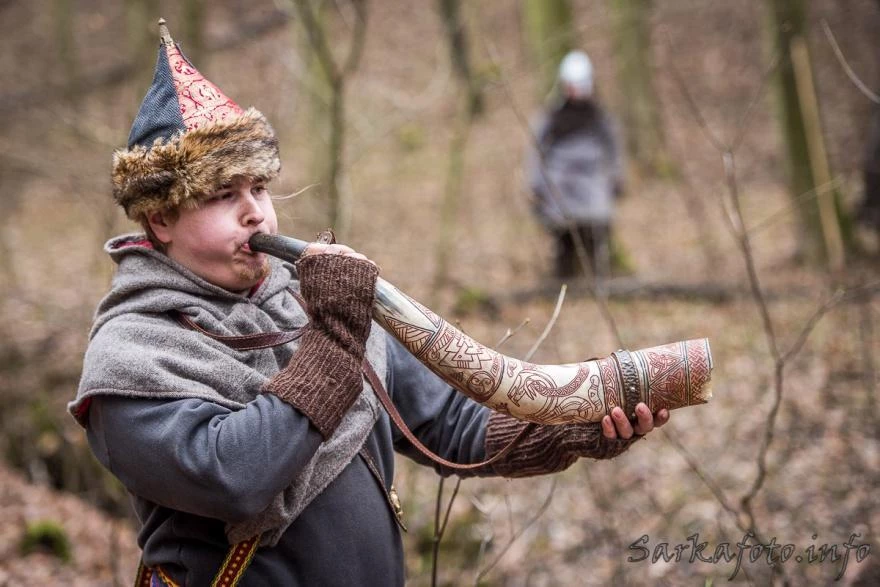
Contents
Archaeological Findings - What We Know
Viking groups were ruled by “kings”. Their followers and warriors typically followed the “style” of their leader, especially in terms of gear and weapons, but of course common warriors used the less expensive options.
The archaeological find at Gjermundbu Farm in northern Norway from March 1943 gives us a pretty good idea of what the armour and gear of a Viking leader looked like.
The discovered Viking burial mound was hiding priceless treasure: two well-armed warriors, probably a father and son, from about 950-970 AD. This rare discovery made it possible to reconstruct almost completely the appearance of the Viking leader in full armour.
Viking military formation - shield wall
Photo: Šárka Bejdová
Among other things, the grave contained parts of helmets and chainmail armour, a magnificent sword type S (see: Viking Age Sword Types as illustrated by Jan Petersen), two spears, two battle axes, four shield bosses, a pair of cavalry spurs, and six horse bits.
S-type swords (classification by Petersen) were imported and used between about 900 and 950 and were usually richly decorated. Some had an inscription on the blade - Ulfberht - which is a Frankish name that became a “trademark” of the types commonly produced by master smiths in the Frankish lands.
The helmet “Gjermundbu I”, assembled and restored from nine parts found in the grave, still represents the most complete and only Viking helmet found in Scandinavia.
The second grave provided fewer artifacts, but it contained an M-type sword, a battle axe and a spearhead. Type M swords were used from about 850 to the early 10th century. It was the most common and simple type of sword.
There is yet another, larger burial mound in the area of Gjermundbu Farm that has not yet been uncovered.
Allies of the Slavs
The Vikings or “Varangians” were among the most famous warriors fighting for Kievan Rus. The mercenaries from the North were hired only by the richest members of the local society. It wasn’t rare that whole Viking companies with their own armour and weapons came as organized units to serve lords in the East.
Some Varangians assimilated with Slavs
Photo: Šárka Bejdová
Some of the earliest Varangian units were brotherhoods with their own pagan hierarchy. Some Varangian leaders were military commanders on the local level as well, even in the Christian-dominated 11th century. One of the most famous commanding officers was Harald Hardrada, future king of Norway, who died during the invasion of England in 1066. The arrivals of Viking warriors gradually decreased until it stopped in the early 12th century, but the descendants of those who settled in today’s Russia gradually assimilated with the Slavs.
The Varangians fought in regions as distant as Constantinople, which they named Miklagaard, where they sent their sons to be trained in proper manners. Ambitious Vikings and Russians formed the core of one of the most famous military formations of the Middle Ages, the Varangian Guard.
The Viking Elite
Probably the most famous part of the Byzantine army was the Varangian Guard. The Varangian Guard consisted of Viking and Slavic mercenaries, which distinguished them from palace guard units such as the Scholai or the Exkoubitores.
The earliest members of the Varangian guard came from Kievan Rus. A treaty of 874 obliged the rulers of Kievan Rus to provide men for Byzantine service. Basil II requested military assistance from Vladimir I of Kiev to help defend his throne. In compliance with the treaty, Vladimir sent 6,000 men to Basil, who formed the first “Varangian Guard”.
While their ability to fight was important, an even more important factor for their recruitment was loyalty. Essentially, the Varangians were specialized mercenaries, hired to remain loyal only to the one who hired and paid them - the Emperor.
The Varangians often combined their Nordic equipment and clothes with Slavic, Byzantine or Oriental elements.
E. Pachta’s archive
Unlike most other mercenaries, they were reliable, incredibly well-trained, equipped with the best gear and, above all, loyal to the Byzantine emperors. And unlike other imperial guard units, the Varangian Guard was rarely influenced by political or court machinations, they did not bow to the regional elite, neither the cunning manipulators from Constantinople.
Moreover, the Varangians, under the personal command of the emperors, intervened in various clashes throughout the empire, collecting achievements on the battlefield, which resulted in the tremendous increase in their value. This distinguished them from the palace guards, whose function was mostly ceremonial.
The Versatile Axe
The Varangian guardsman is popularly imagined as a tall man in full armour, with a huge axe resting on his shoulder. Their two-handed axes were indeed deadly weapons, similar to the Danish axe in design. The medieval Greeks called it pelekys, the Varangians called it pelekyphoroi.Members of the Guard often fought with the axe and without shields. If they had a shield, they carried it on their back in case they lose the weapon in fight. When a warrior with a two-handed axe was preparing to strike, their body was left unprotected.
Viking warrior with a large axe
Photo: Šárka Bejdová
Interestingly enough, the earlier pelekys had crescent-shaped heads, but later their design and shape began to vary, which may have been a consequence of the growing individualism among the Guard members. In terms of size, the massive battle axe often had an impressive length of 140 cm - with a heavy 18-cm-long head, and a 17-cm-wide blade.
The Varangian Guard remained active in service to the Emperor from 988, through the military campaigns of the Byzantine Empire in the 11th century, at least until the fall of Constantinople in 1204, perhaps even longer.
Fighting Style
The Varangians were well-trained warriors, using axes and spears as primary weapons. On the battlefield, they used the traditional Viking formation called the “shield wall” (Skjaldborg). Military commanders only used Varangians for decisive and crucial battles, because they were expensive to hire. It is worth mentioning the special Viking unit, the berserkers (Berserkir). Berserkers were both awe-inspiring and terrifying, they attacked in a sort of drug-induced trance and rage and seemed to feel no pain or fear.
The Appearance of Varangians
Some 11th-century Varangians looked very similar to their Anglo-Saxon companions, the huscarls - but what differentiated them were East-Roman-type embroidered trousers, protective armour on the forearms and calves. They wore some elements typical for their homeland: fur caps, long woollen coats, sheepskin coats, wolf or bear coats.
From the 11th century onwards, Varangian guardsmen increasingly used Anglo-Saxon or Norman style helmets. Kite shields, typical for warriors in the west, were not uncommon for Varangians as well. Kite shields were often decorated with the owner's personal emblem (a predecessor to the coat of arms), a Norse magical symbol or the emblem of the warrior’s unit. Bird motifs were widespread and popular.

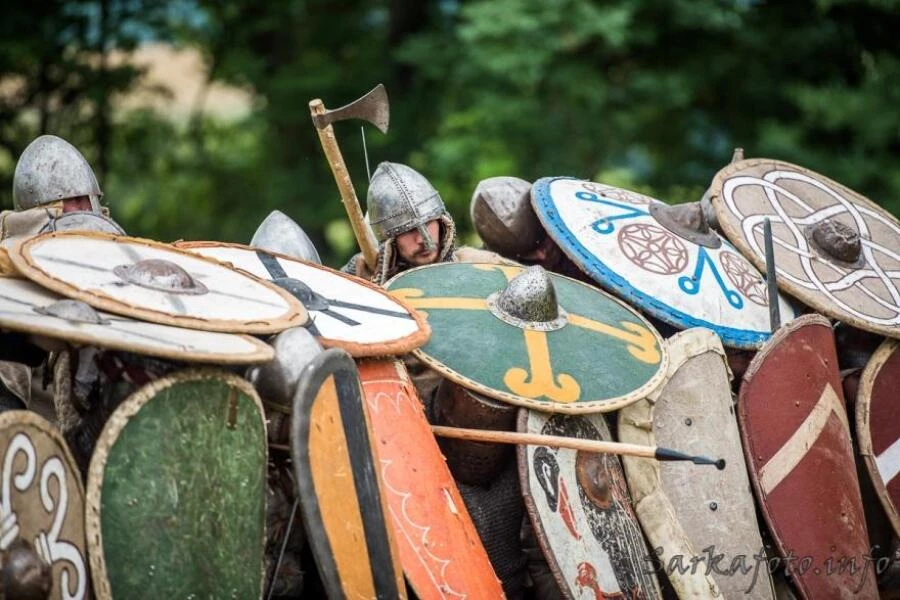
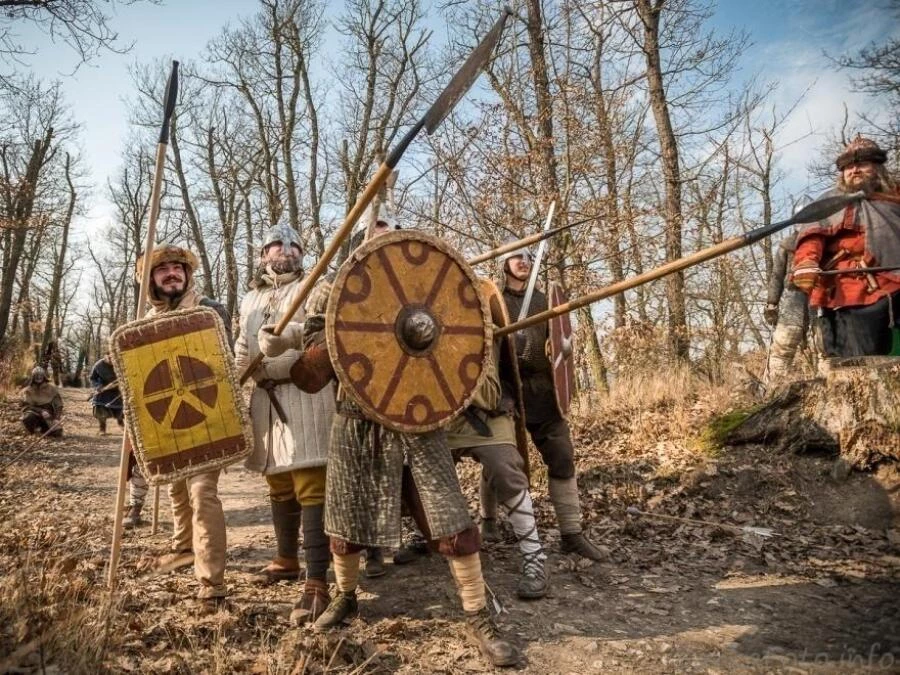
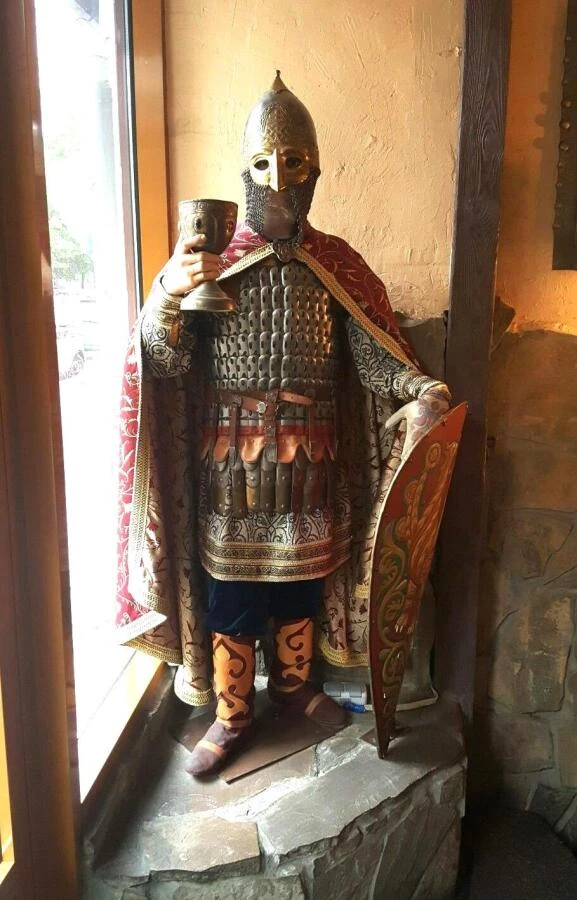
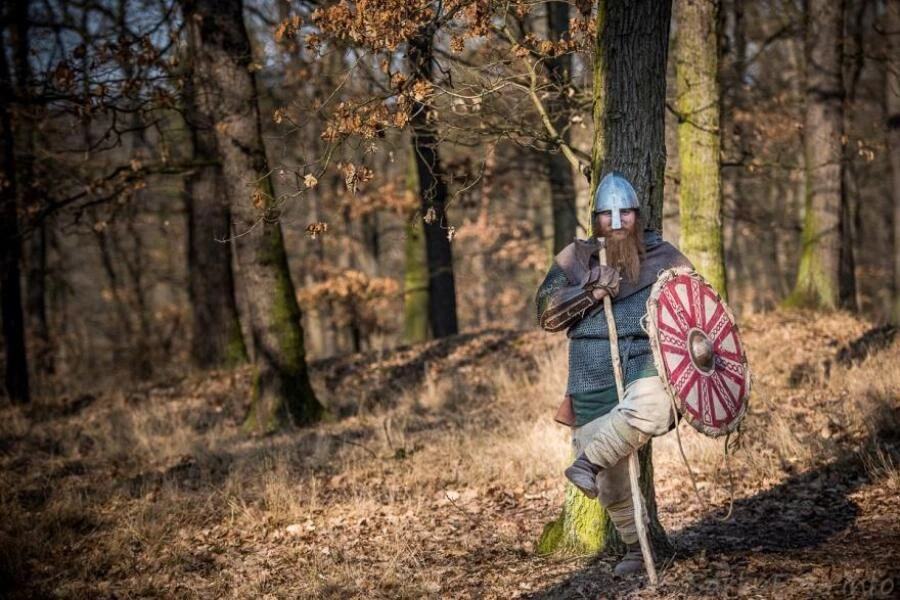
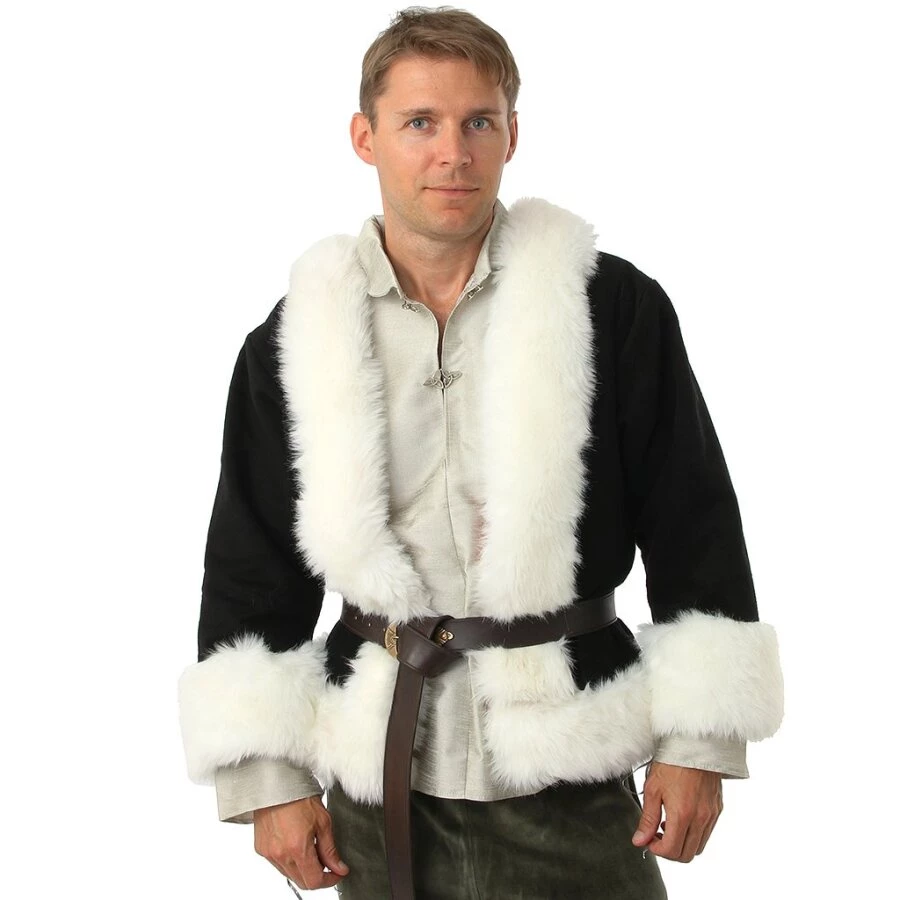
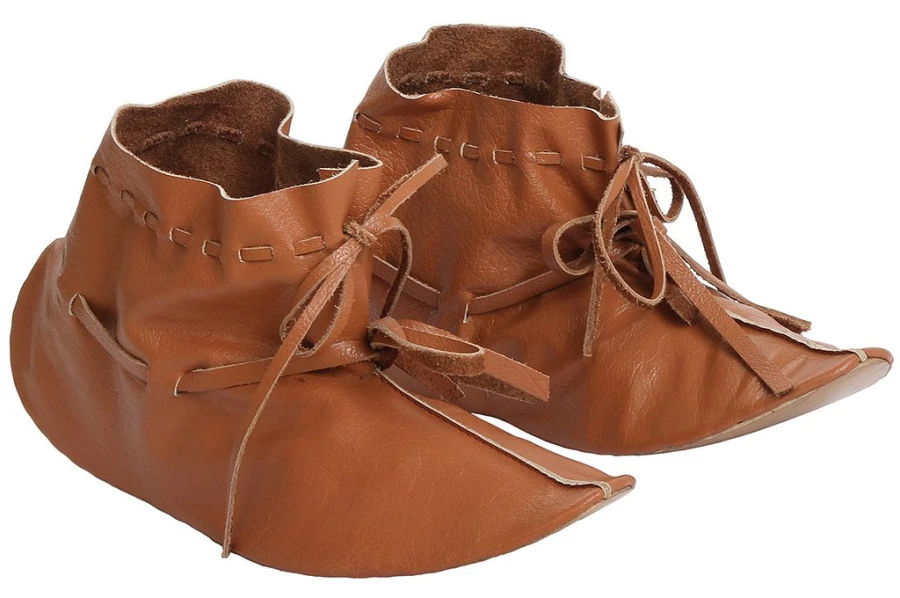
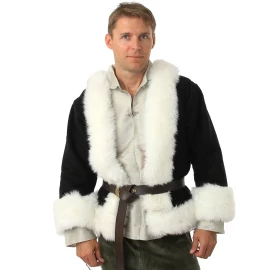
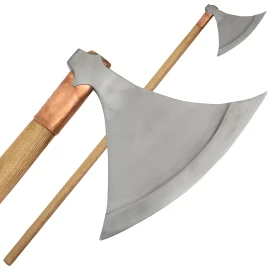
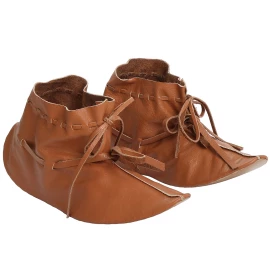
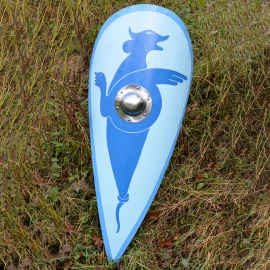
Comments